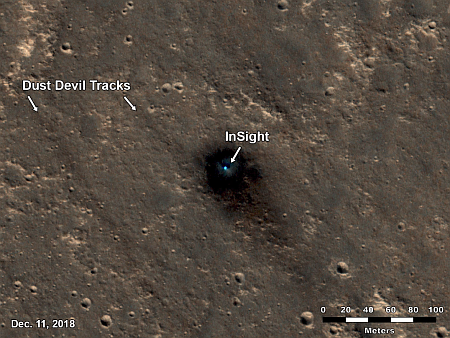Using a new first stage booster, SpaceX launches two communications satellites
In what has become a rare event, SpaceX today used a brand new first stage to successfully place two SES communications satellites into orbit, its Falcon 9 rocket lifting off from Kennedy in Florida.
The first stage landed safely on a drone ship in the Atlantic. The two fairing halves completed their second and twenty-second flights respectively.
The leaders in the 2024 launch race:
131 SpaceX
62 China
16 Russia
13 Rocket Lab
American private enterprise still leads the rest of the world combined in successful launches 150 to 94, while SpaceX by itself leads the entire world, including American companies, 131 to 113.
In what has become a rare event, SpaceX today used a brand new first stage to successfully place two SES communications satellites into orbit, its Falcon 9 rocket lifting off from Kennedy in Florida.
The first stage landed safely on a drone ship in the Atlantic. The two fairing halves completed their second and twenty-second flights respectively.
The leaders in the 2024 launch race:
131 SpaceX
62 China
16 Russia
13 Rocket Lab
American private enterprise still leads the rest of the world combined in successful launches 150 to 94, while SpaceX by itself leads the entire world, including American companies, 131 to 113.











